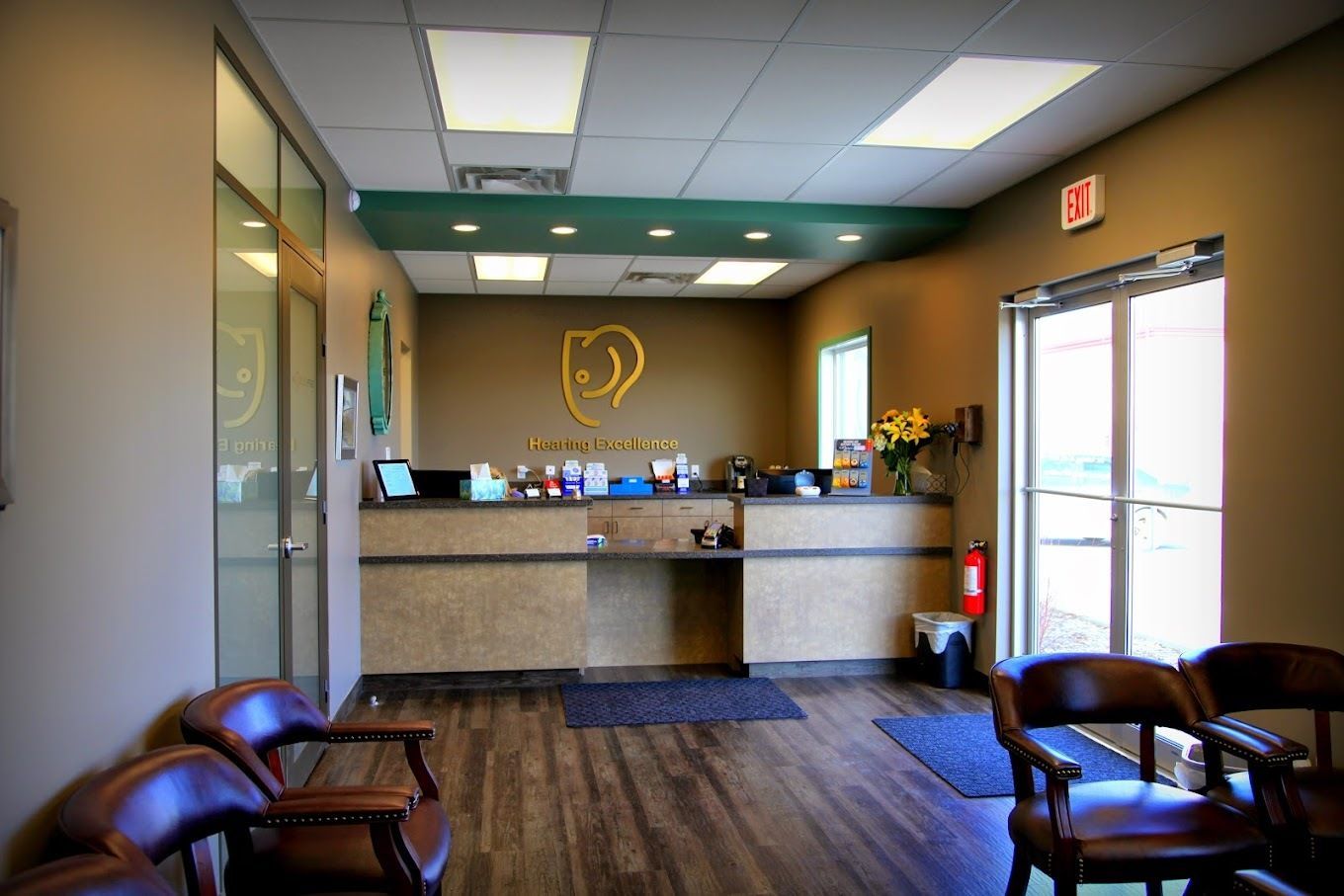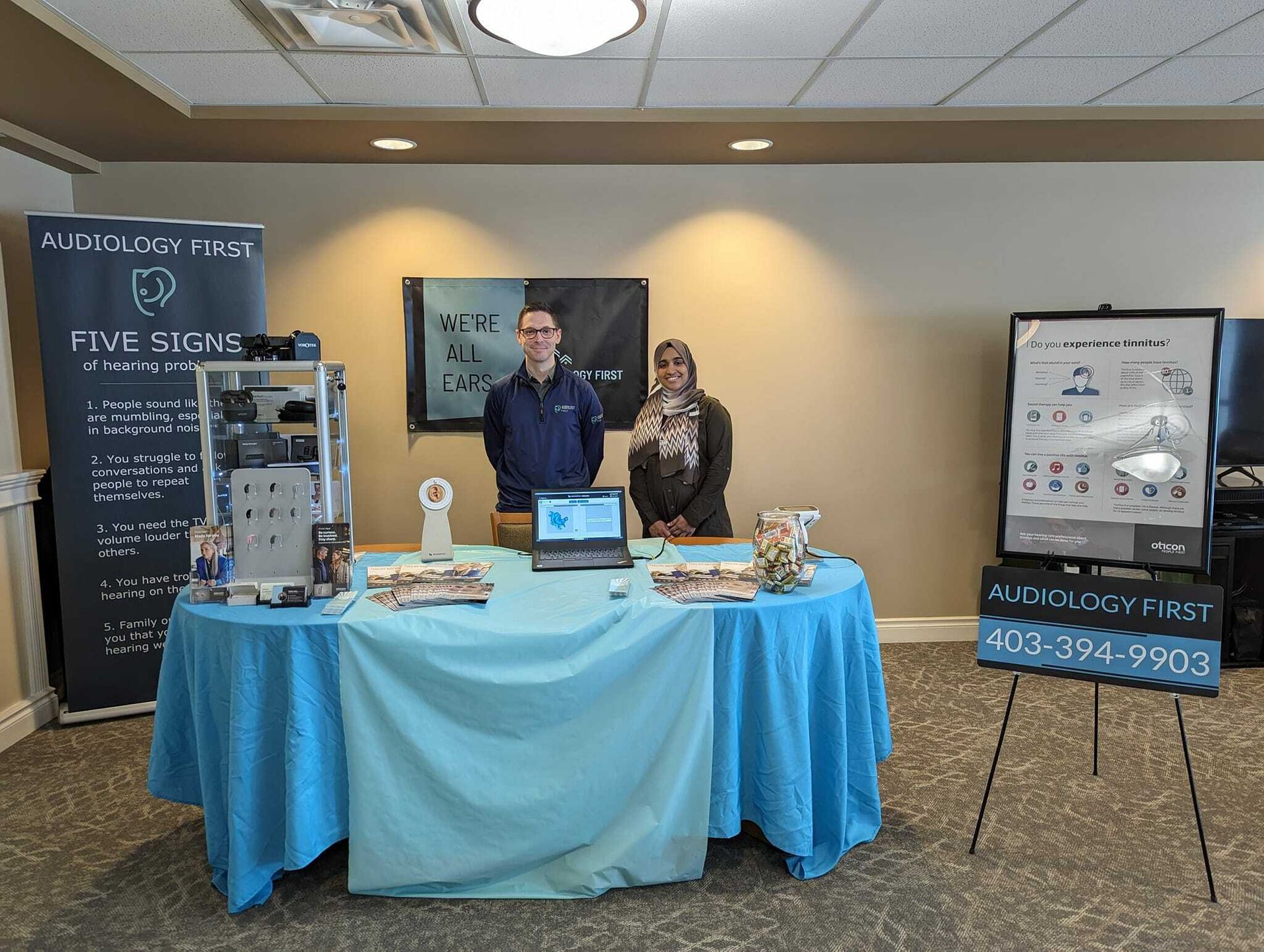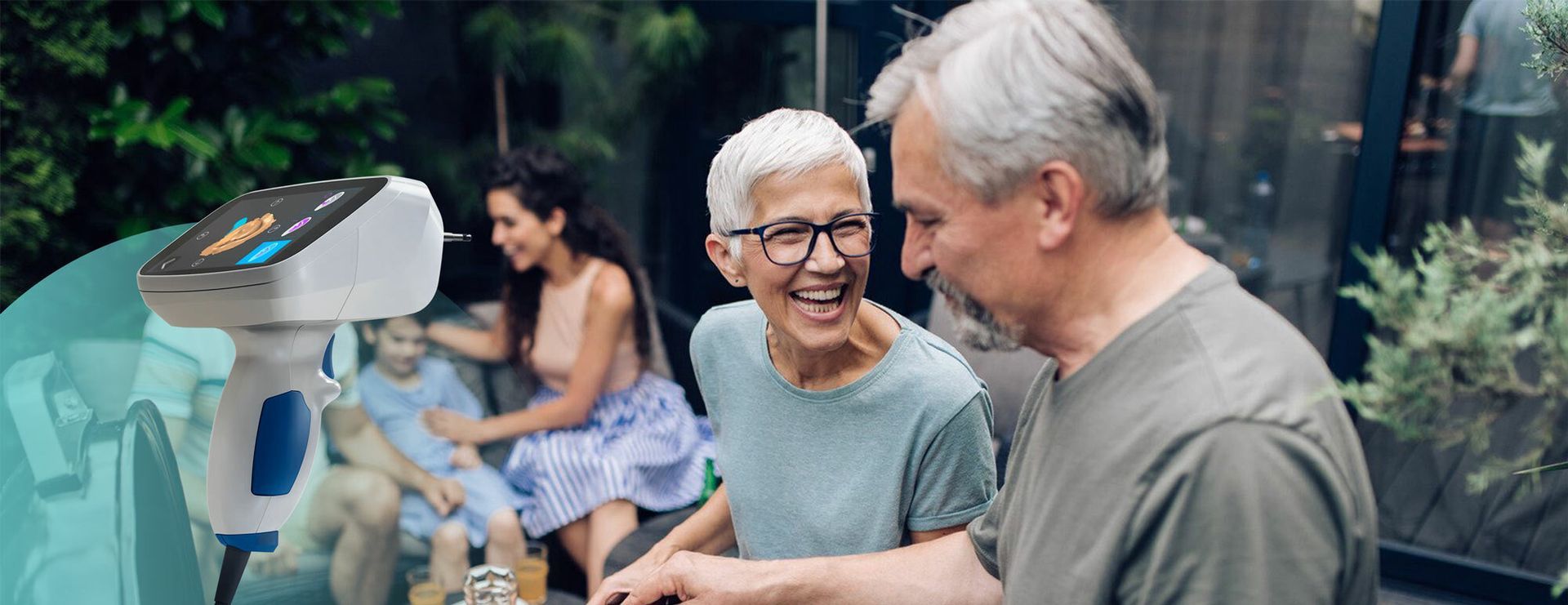Got an Ear Full? Here's Some Advice for Ear Wax Removal
Ear wax (cerumen; its medical term) is a naturally occurring substance with an important job—it protects and cleans your ear canals! ear wax removal is also usually naturally occurring, but doesn’t always happen the way it’s supposed to. This can lead to accumulation, hardening, and blockages (also known as impaction). It’s not uncommon, either. About 5% of adults and over 50% of seniors are dealing with this problem at any given time.
At Audiology First, we are cognisant of this issue in the general population, and would like to help educate the public on how they can be proactive when it comes to ear wax removal, both at-home and in-clinic. This is useful information for everybody to learn; let’s explore how to safely remove ear wax at home and understand when you should see a professional.
Safe At-Home Removal Methods
In many cases of mild ear wax buildup, there are safe, gentle, easy-to-follow methods that you can try at home! However, if you have severe ear pain, signs of infection, symptoms of eardrum rupture, or if you’ve had ear surgery, home removal should be avoided (these cases require professional care).
Here are some step-by-step ear wax removal tips you can start using today:
Soften the Wax
Take a few drops of baby oil, mineral oil, or a 50/50 mix of hydrogen peroxide and water into the affected ear. By using about two warm drops (twice a day for up to five days) it can help loosen up hardened wax. You want to make sure the liquid is at body temperature, as cold liquid can cause discomfort and/or dizziness.
Gently Rinse the Ear
After softening the wax, use warm (not hot) water to help flush it out. To do this simply at home, let warm water flow into your ear while you’re showering, then just tilt your head to drain it out. This kind of gentle flushing can help remove any wax that you’ve loosened up.
Dry the Ear
After rinsing, you’re going to want to pat the outer ear dry with a soft towel. There can be an urge to dig into the ear while drying, but this is something you want to avoid. Keep things gentle and on the outside.
Use a Wax Softener if Needed
If the wax is being stubborn, you can try an over-the-counter ear wax softening drop, which is available at most pharmacies. After 1-2 days, you can use a rubber bulb ear syringe with lukewarm water to help gentle flush out the ear.
Repeat Gently if Necessary
Some scenarios may require you to repeat these steps another time. Always place an emphasis on being gentle and patient; the ear is a delicate structure that you need to be careful with. If you feel like you’re forcing it in any way, it’s better to seek professional help than to risk injury. Most minor wax buildup cases can be safely managed with the above methods.
When to See a Professional
There are several cases where ear wax removal needs to be handled by a professional. If you experience any of the following, it’s time to reach out to the expert team we have waiting for you here at Audiology First:
Severe Symptoms
Sudden significant hearing loss, fluid discharge (pus or blood), and/or intense ear pain are all telltale signs that you need to see a professional. These things could indicate an infection, eardrum injury, or other situation that requires medical attention.
Persistent Blockage or Hearing Issues
If your ears remain full, blocked, or you experience ringing (tinnitus), even after trying the above at-home treatments for a week, it’s time to book in for an appointment.
Recurring or Heavy Buildup
If ear wax buildup is a recurrent issue for you, and you often require cleanings or the use of our earlier outlined at-home steps, a professional can help assess the underlying causes. This can lead to a longer-term solution that requires less maintenance down the road.
Existing Ear Health Conditions
A history of ear surgery, perforated eardrum, ear tubes, and other such conditions mean that you should always consult a healthcare professional when it comes to ear wax removal.
- Audiologists use specialized tools like suction devices, curettes, and otoscopes to remove wax safely under their direct supervision. Professional ear cleanings are quick, effective, and (in cases like we just described) sometimes the only truly safe solution.
Risk of Unsafe Removal Methods
Some of the popular ear wax removal “hacks” you see online can actually cause more harm than good—avoid the following:
Cotton Swabs (Q-tips) or Other Objects
Swabs, keys, bobby pins…don’t put them in your ears. They can actually push wax deeper, and worsen blockages to the point of even causing eardrum damage.
Ear Candling
Health Canada warns against this practice due to its serious risks. Burns, hot wax dripping into the ear, and even puncturing your eardrum are possible outcomes that can and should be avoided. It has no proven benefits, and is actually illegal to sell as a health product in Canada.
High-Pressure Irrigation Devices
Tools that exert a lot of pressure (like dental water-piks, for example) are too forceful for the delicate structures of the ear, and can easily lead to damage. Gentle rinses or professional irrigation are the only recommended ways of flushing out your ear.
Overuse of Ear Drops
Frequent drops in the ear can actually irritate the ear canal; you want to make sure you follow the recommended guidelines, and seek medical advice if you find you’re having to frequently resort to drops for ear wax removal.
ear wax is a natural, protective substance that usually takes care of itself. But when it doesn’t, it can cause problems. Safe home removal techniques can help in mild cases, but if you experience persistent symptoms, severe pain, or recurrent buildup, seeking professional help is the best choice.
Not sure if your ears are in the clear? Let our experts at Audiology First take a look! Our team can safely remove excessive ear wax and get you back to comfortable, clear hearing. Book an appointment online with us today!








